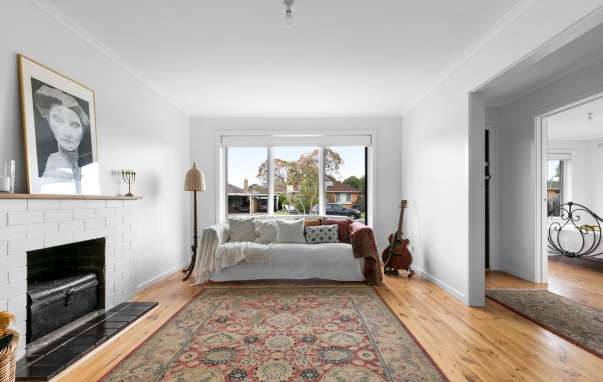Renting out a furnished property in Queensland comes with added responsibilities and legal requirements. The lease agreement must clearly outline the conditions to avoid disputes and ensure both the landlord and tenant understand their rights and obligations. When drafting a lease QLD, especially for furnished rentals, it's essential to include detailed and specific lease conditions. This guide explains what should be covered in a lease for furnished properties and why attention to detail is crucial.
Understanding Lease Conditions for QLD Furnished Rentals
Lease conditions for QLD properties set the framework for how the property will be used, maintained, and vacated. Furnished properties come with furniture, appliances, and household items, which increase the landlord’s responsibility and the tenant’s duty of care. To prevent confusion and protect your investment, the lease must be tailored to address these specific elements.
Whether you're managing your rental independently or listing it through For Sale By Home Owner, taking the time to outline comprehensive lease conditions is essential for a smooth tenancy.
Essential Inclusions in Lease Conditions
When drafting a lease in QLD for a furnished property, here’s what must be clearly stated in the lease agreement:
1. Inventory List of Furnishings
A detailed inventory list is non-negotiable. It should include every item provided in the property, from large furniture like sofas and beds to smaller items like kitchen utensils and lamps. Each item should be described with:
· Quantity
· Condition at the start of the lease
· Brand or distinguishing features
Photos are also recommended to support the condition report. This list helps protect both parties in case of disputes over damage or missing items at the end of the lease.

2. Responsibility for Maintenance and Repairs
The lease should outline who is responsible for repairing or replacing furniture and appliances. Typically, landlords are responsible for wear-and-tear or malfunctioning items, while tenants are liable for damage caused by negligence or misuse.
Make it clear whether tenants are allowed to move or store furniture and under what conditions this can be done.
3. Bond and Additional Security
In furnished rentals, landlords often require a higher bond to cover potential damage to furniture. In Queensland, the Residential Tenancies Authority (RTA) allows a bond of up to 4 weeks’ rent for standard agreements. However, you can negotiate additional financial protections for high-value furnishings as long as they comply with state laws.
Be sure to document this in the lease and lodge the bond appropriately through the RTA.
4. Usage Restrictions
You may want to restrict how the furniture is used or prohibit certain activities that might risk damage (e.g., smoking indoors or keeping pets on upholstered furniture). These conditions must be clearly outlined in the lease to be enforceable.
Ensure that any restrictions align with QLD rental laws to avoid disputes.
Optional Clauses to Consider
To further protect your property, you might consider including these optional but useful clauses:
· Cleaning obligations at end of tenancy: Require professional cleaning of upholstered furniture or carpets.
· Insurance requirements: Encourage tenants to take out contents insurance for their belongings, while you insure the furnishings.
· Subletting and short-term stay rules: Clearly prohibit or set conditions for subleasing or using the property for Airbnb-style rentals.
Including these conditions upfront can prevent common issues that arise with furnished properties.

Legal Compliance When Drafting a Lease QLD
Queensland tenancy laws apply to all rental agreements, whether furnished or unfurnished. Use the standard Form 18a General Tenancy Agreement as a base, then include special terms for your furnished rental. These terms must not contradict the Residential Tenancies and Rooming Accommodation Act 2008.
To stay compliant and avoid potential legal trouble, you can seek advice or templates from professional platforms like For Sale By Home Owner, which support landlords managing private leases.
Communication is Key
Lease conditions work best when both parties understand and agree to them. At the start of the tenancy:
· Conduct a joint inspection with the tenant
· Review the inventory together
· Provide a signed copy of the lease with all conditions and attachments
Clear communication ensures tenants know their responsibilities, reducing the risk of misunderstandings.
Final Thoughts
When drafting a lease in QLD for a furnished property, it's not enough to use a standard template. You need to include detailed lease conditions for QLD that reflect the unique nature of furnished rentals. These should cover the inventory, maintenance responsibilities, bond terms, usage restrictions, and any optional clauses that protect your property.
Platforms like For Sale By Home Owner make it easier for private landlords to manage tenancies confidently and legally. With the right lease conditions in place, you can enjoy a secure and hassle-free rental experience while giving your tenants clear guidelines for a respectful and cooperative tenancy.
Join now or log in to leave a comment